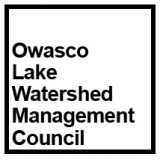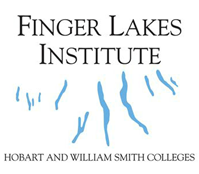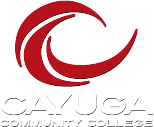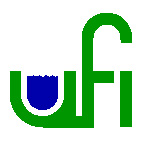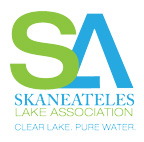HABs in Owasco Lake
A Scientific Symposium in “Plain English”
On Saturday, March 7, at the Auburn Public Theater, the Owasco Watershed Lake Association hosted the annual Bob Brower Scientific Symposium delivered in “plain English.” Auburn Mayor Mike Quill officially changed the title of this event in 2019 to honor Bob, a former OWLA president and passionate advocate for the environment and the water quality in our region. The original symposium was Bob’s brainchild — a venue for citizen outreach and education to share and discuss the issues degrading our freshwater quality, most specifically that in Owasco Lake.
OWLA proudly welcomed these Water Quality Thought Leaders:
Rick Nelson, Board member of OWLA, kicked of the event with an overview of the work OWLA does to protect the lake and watershed, and thanked the Symposium co-sponsors, presenters and partners that all help protect Owasco Lake.
Dr. John Halfman, professor of environmental studies, Finger Lakes Institute, Hobart and William Smith Colleges, presented his highly anticipated annual “Status of Owasco Lake” report for 2019. His thorough research and lake water sampling provide experienced insight into problems and trends.
Dr. Lewis McCaffrey, senior scientist, Finger Lakes Water Hub, New York State Department of Environmental Conservation, detailed efforts to monitor HABs in the Finger Lakes and programs to mitigate the frequency of occurrence.
Doug Kierst, executive director, Cayuga County Soil and Water Conservation District, highlighted their many past and future projects around the 208-square-mile Owasco Lake watershed to control erosion and sediment losses from various sources. Water and sediment runoff can and does contribute excess nutrients to Owasco Lake — one of the key ingredients to the growth and frequency of HABs. Warm weather also plays a large part, but since we cannot change the temperature, we can attempt to minimize other factors contributing to the outbreaks of HABs.
Lastly, a practicing farmer member of Partners for Healthy Watersheds, a coalition of dairy and agricultural organizations, described the practices currently used on farms of all sizes to minimize both soil loss and the loss of manure and expensive commercial fertilizer. These measures strive to provide a win-win situation — reduce costs, lose less topsoil with attached nutrients flowing into the ditches and streams, and thereby help to protect the water entering all of our Finger Lakes.

